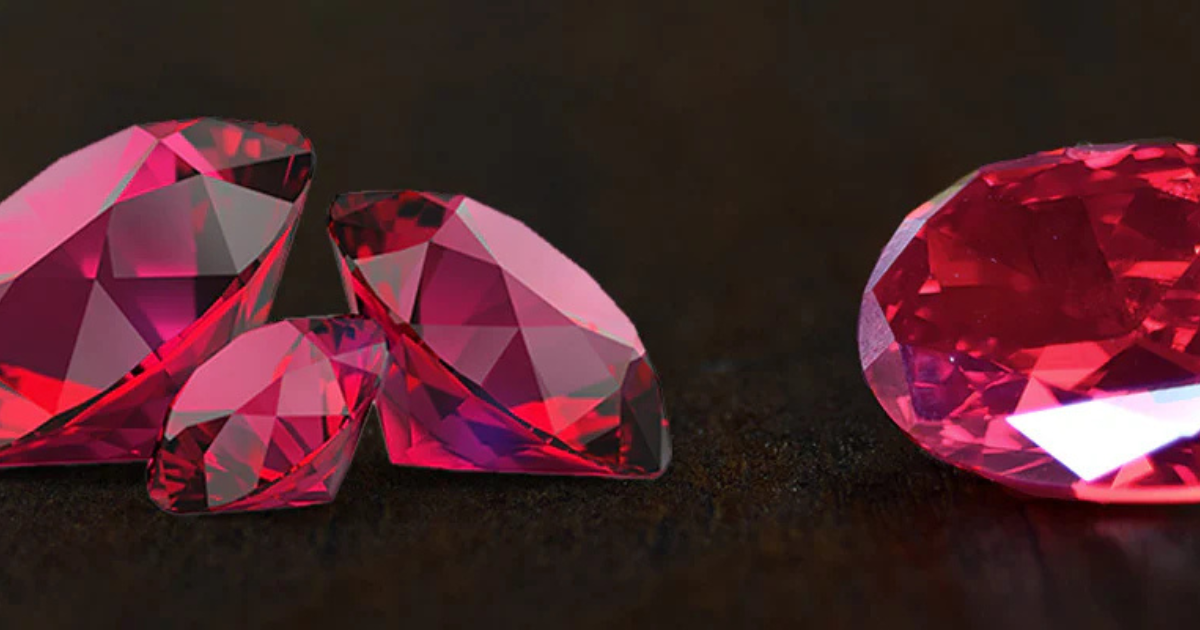Pewter is a malleable metal alloy primarily composed of tin, with small amounts of other metals such as copper, lead, and antimony. Its history dates back thousands of years, making it one of the oldest metallic alloys in use. Throughout its long existence, pewter has been used to create everything from tableware and jewelry to decorative items and collectible antiques. As a result, many people wonder whether pewter holds any intrinsic value today. This article explores the worth of pewter, considering various factors such as its composition, age, condition, and market demand.
The Composition and History of Pewter
Traditionally, pewter is made up of about 85-95% tin, with the remainder consisting of other metals. The specific composition can significantly impact its value. For example, pewter made before the 20th century often contained lead, which has since fallen out of favor due to health concerns. Modern pewter is typically lead-free and may contain elements like copper and bismuth instead.
Pewter has a rich history, particularly in Europe, where it was commonly used for tableware, candlesticks, and other household items. The age of the piece can influence its value, with antique pewter often being more sought after than newer items. The craftsmanship, maker’s mark, and rarity also contribute to the desirability and worth of pewter pieces.
Factors That Determine the Value of Pewter
1. Age
Antique pewter, especially items that are over 100 years old, can command higher prices than modern pieces. Collectors often seek out older items, particularly those from known manufacturers or regions, such as British or American pewter makers.
2. Condition
The condition of a pewter item plays a critical role in its value. Pieces that are well-preserved, without dents, scratches, or signs of excessive wear, will typically fetch higher prices. Restoration work can sometimes diminish a piece’s value, particularly if it alters the original craftsmanship.
3. Maker’s Mark
Many pewter items have a maker’s mark stamped on them, which can provide valuable information about their origin and age. Items from well-known manufacturers, such as Paul Revere’s silversmithing shop or early American pewterers like Jacob Hurd, are particularly prized by collectors.
4. Rarity
The rarity of a piece can significantly influence its value. Limited-edition items or those that were produced in small quantities may be more valuable than mass-produced pewter items. Unique designs or pieces that have historical significance can also be more sought after.
5. Market Demand
The current market demand for pewter can fluctuate, much like other collectibles. Collectors’ interests and trends can impact the value of pewter items. Attending auctions or checking online platforms can provide insights into what buyers are currently interested in.
Current Market Value
While pewter is not typically as valuable as gold or silver, certain pieces can still hold significant worth. On average, the value of pewter can range from $5 for modern items to several hundred dollars or more for rare antiques. For example:
- Modern Pewter: Commonly available items, such as mugs or plates, may sell for $10 to $50.
- Antique Pewter: Well-preserved pieces from reputable makers can range from $50 to several hundred dollars, depending on the factors mentioned above.
- Rare or Unique Pieces: Exceptional items, particularly those with historical significance or made by renowned artisans, can be worth thousands of dollars.
How to Sell Pewter
If you own pewter items and are considering selling them, there are several avenues you can explore:
1. Antique Shops and Dealers
Local antique shops often purchase pewter items or may sell them on consignment. It’s beneficial to research reputable dealers who specialize in pewter or antiques.
2. Online Marketplaces
Websites like eBay, Etsy, and specialized antique auction sites can be great platforms to reach a broader audience. Make sure to provide detailed descriptions and high-quality photographs of your items.
3. Auctions
Participating in auctions can yield high returns for valuable pewter pieces. Consider reaching out to auction houses that specialize in antiques and collectibles.
4. Appraisals
If you’re unsure about the value of your pewter, getting a professional appraisal can provide clarity. Appraisers can help determine the worth based on current market conditions and the specific characteristics of your items.

